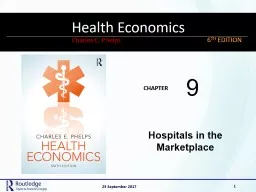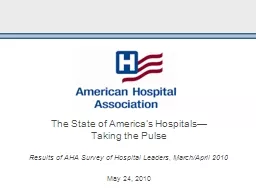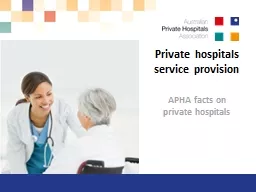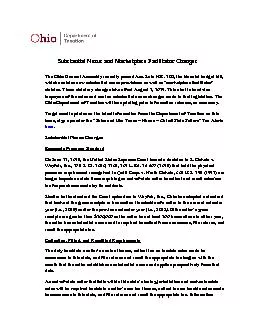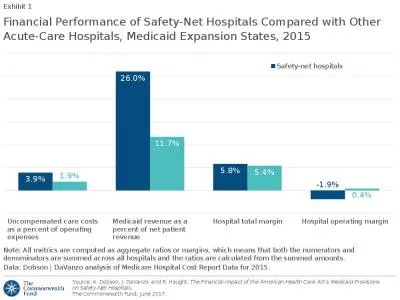PPT-Hospitals in the Marketplace
Author : bagony | Published Date : 2020-06-23
9 25 September 2017 1 Learning Goals Understand how hospitals simultaneously seek to attract doctors to their medical staffs and patients to their hospitals Master
Presentation Embed Code
Download Presentation
Download Presentation The PPT/PDF document "Hospitals in the Marketplace" is the property of its rightful owner. Permission is granted to download and print the materials on this website for personal, non-commercial use only, and to display it on your personal computer provided you do not modify the materials and that you retain all copyright notices contained in the materials. By downloading content from our website, you accept the terms of this agreement.
Hospitals in the Marketplace: Transcript
Download Rules Of Document
"Hospitals in the Marketplace"The content belongs to its owner. You may download and print it for personal use, without modification, and keep all copyright notices. By downloading, you agree to these terms.
Related Documents

